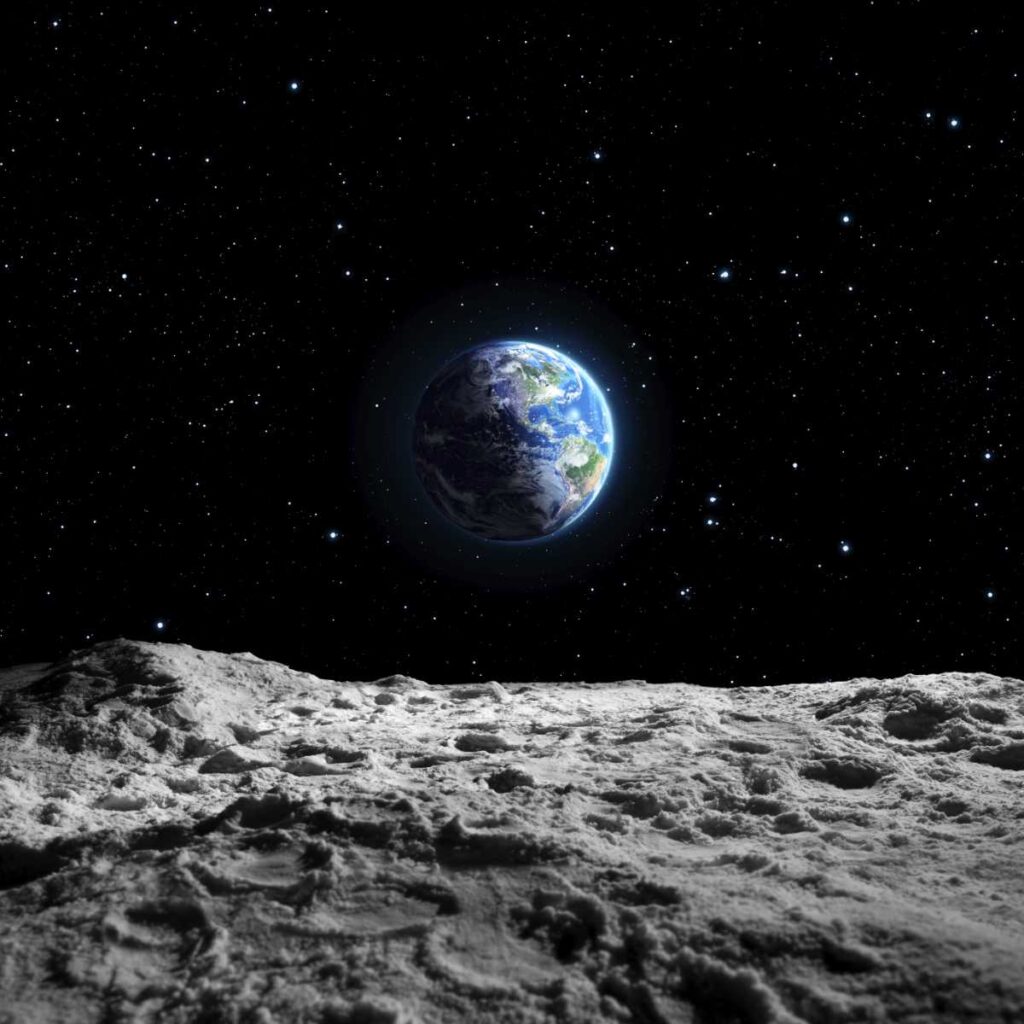Last Reviewed and Updated on June 14, 2022
Almost every night you can observe the moon in the night sky, but will this always be the case? Is the Moon moving away from Earth and if this is truly the case, by how much? Will it ever just drift away? Read on and learn all of the answers.

Some basics about the Moon
The Moon is Earth’s only natural satellite, the one and only one. It may look tiny in the sky but it’s actually about a quarter of the size of the Earth.
It takes the Moon 27 days to orbit the Earth, and it does so at an average distance of about 239 thousand miles / 385 thousand kilometers from Earth.
The most likely explanation for the formation of the moon is that at one time (about 4.5 billion years ago) a proto-planet collided with Earth (which bigger then). The moon was formed from the debris of the impact.
Want to learn more about the Moon? Read these Moon facts.
Is the moon moving away from Earth?
Now that you know the basics of what the Moon is and how it formed it’s time to answer this question.
In short, the answer is yes! The moon is moving away from Earth.
It is currently moving away at the rate of 1.48 inches / 3.78 cm per year.
This number wasn’t a constant all of the time, it fluctuated over the course of the Moon’s lifetime (due to meteorite impacts, etc).
It might not seem like a lot. And it certainly won’t have a significant effect on Earth for many, many years.
But the furthest the Moon is, the weakest the gravitational pull between the Earth and the Moon, so in hundreds of millions of years, the effect on Earth will be noticeable.
Why is the Moon moving away from Earth?
In short, the answer is that the Moon is moving away due to the energy exchange between the Moon and the Earth’s tides.
Moon’s gravity has an effect on Earth’s tides. It pulls the ocean, creating tidal bulges. Now,

Earth’s rotation is trying to move these tidal bulges around (while the Moon would like them in place). The tidal bulges are moved ahead of the moon, and the gravitational pull from the bulge pulls the moon along with it.
At the same time, as is with gravity, the Moon is pulling back. This constant pulling back and forth between the Earth and the Moon creates friction around the tidal bulge and this pushes the moon away.
Will the Moon Just Drift Away?
No. Well, at least not by its natural course. It could always get struck by an asteroid… But let’s assume it won’t be.
The furthest the Moon drifts, the less its gravitational force will affect Earth (and vice versa), so the rate at which it drifts away will decrease as well. In the end, it would, in theory, come to a stop, not moving away from Earth anymore. But before that happens, as we are talking billions of years here, the Sun will have already expanded enough to engulf it.
